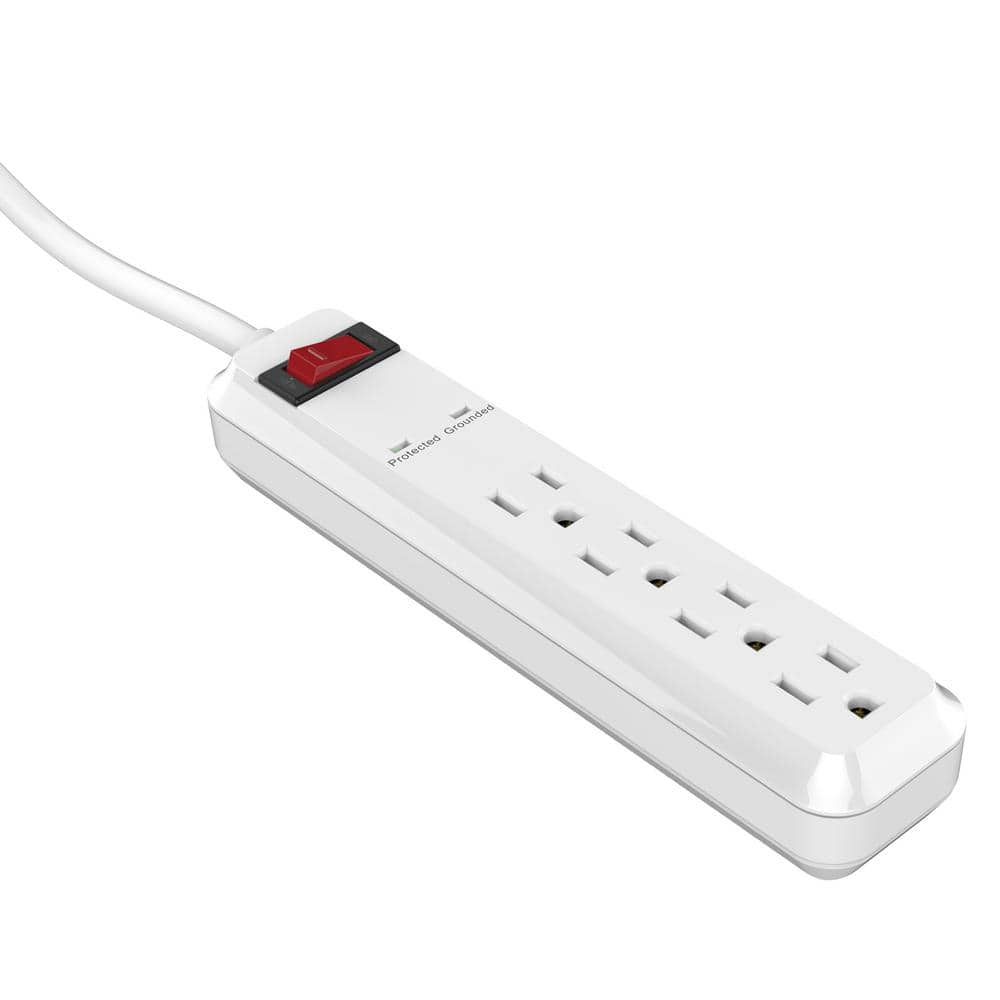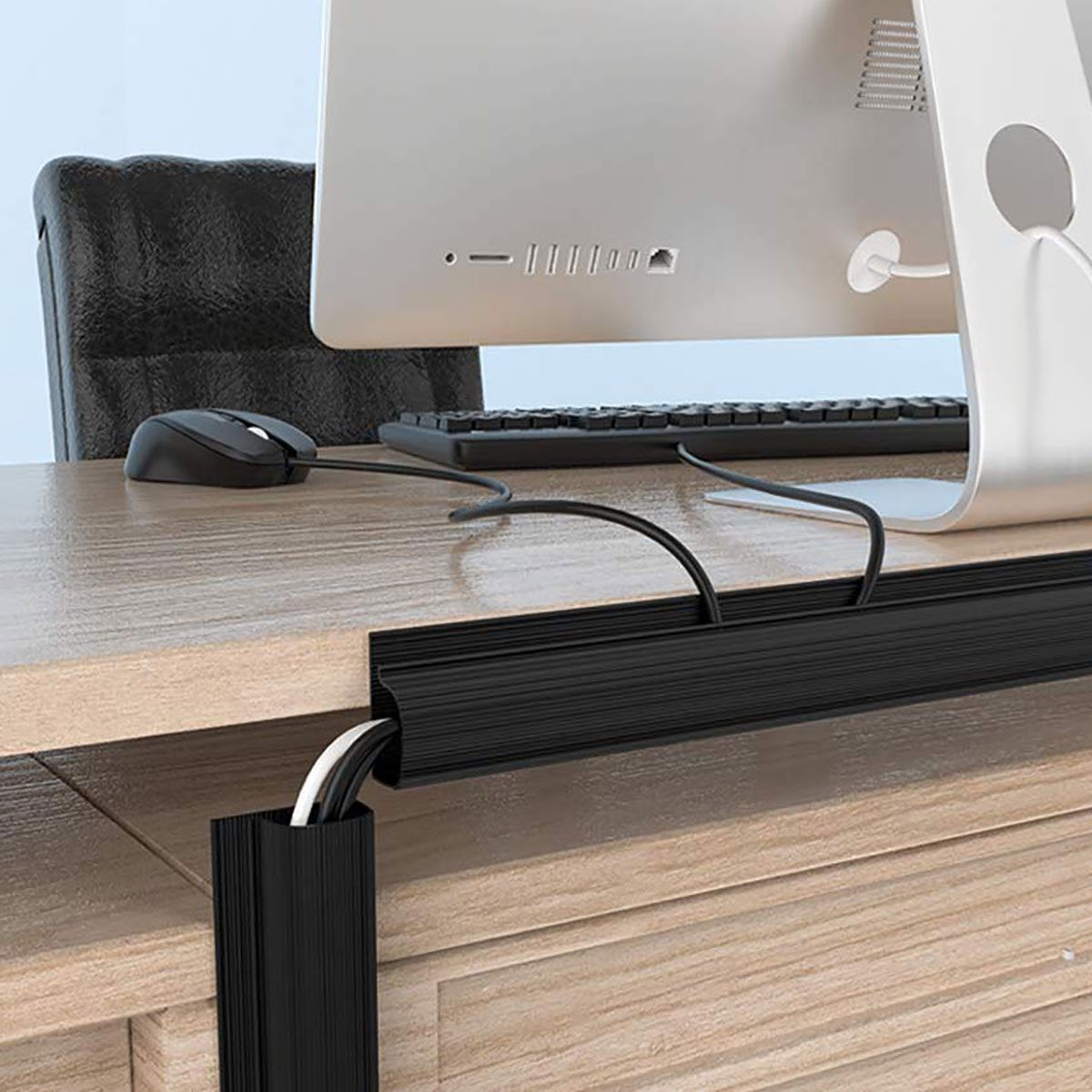Cable Management Ideas
by Admin
Posted on 18-05-2025 07:49 PM

Importance of Cable Management
Cable management is not just about keeping your workspace looking neat; it has several practical benefits. Properly managed cables can reduce the risk of accidents, such as tripping over loose cables or experiencing electrical shocks from damaged cords. Moreover, a well-organized cable system makes it easier to add new devices or replace existing ones, as all cables are neatly labeled and easy to access, which is why investing in quality cable management accessories can save a significant amount of time and reduce stress in both personal and professional settings.
Tools for Cable Management
There are numerous tools and products available to aid in cable management. Cable ties, also known as zip ties, are a popular choice for bundling cables together. They come in various sizes and are easy to use, making them suitable for a wide range of applications. Another useful tool is the cable organizer box, which can store and manage multiple cables, keeping them out of sight and preventing clutter. For more complex setups, cable management panels and racks provide a structured approach to organizing cables, especially in data centers or large network installations.
Choosing the Right Cable Management Tools
Choosing the right tools for your cable management needs can be overwhelming given the variety of products available. It's essential to consider the type of cables you are working with, the space you have available, and the specific requirements of your setup. For example, if you are managing a small number of cables in a home office, simple cable ties or a small cable organizer might suffice. However, for larger, more complex installations, investing in more comprehensive cable management systems may be necessary. To help make informed decisions, explore product insights and comparisons at https://reviews.tidyworkspacelab.com.
DIY Cable Management Solutions
For those on a budget or looking for a more personalized approach, DIY cable management solutions can be very effective. Using items like cardboard boxes, wooden dowels, and adhesive-backed hooks, you can create custom cable management solutions tailored to your specific needs. For instance, you can convert an old cardboard box into a cable organizer by cutting out slots for the cables and labeling each slot for easy identification. This approach not only saves money but also allows for a high degree of flexibility and creativity in managing your cables.
Repurposing Household Items
Repurposing household items is a creative way to manage cables without spending extra money. Old USB cords can be used as plant labels or zip tie substitutes in a pinch. Empty tissue boxes can be used to store small cables or as a makeshift desk organizer. By thinking outside the box and finding new uses for items you might otherwise throw away, you can maintain a clutter-free workspace while also reducing waste.
Best Practices for Cable Management
Implementing best practices for cable management is key to maintaining an organized and efficient workspace. One of the most important practices is to label all cables clearly. This makes it easy to identify which cable goes where, reducing the time spent on troubleshooting and minimizing the risk of damaging equipment by incorrectly connecting cables. Another practice is to keep cables as short as possible. Using cables that are just the right length for your setup can prevent unnecessary clutter and reduce the risk of cables getting damaged.
Regular Maintenance
Regular maintenance is also crucial for effective cable management. Scheduling regular checks on your cable setup can help identify and fix potential issues before they become major problems. This includes checking for damaged cables, ensuring that all cables are properly secured, and making adjustments as necessary to accommodate changes in your setup.
Cable Management in Different Environments
Cable management needs can vary significantly depending on the environment. In home offices, the focus is often on keeping the workspace clutter-free and organized, with an emphasis on aesthetics. In professional settings, such as offices or data centers, the emphasis is on efficiency, scalability, and reliability. For outdoor or industrial environments, cable management solutions must be durable and resistant to environmental factors such as moisture, extreme temperatures, and physical stress.
Cable Management for Outdoor Events
For outdoor events, such as festivals or concerts, cable management presents unique challenges. Cables must be protected from the elements and secured in a way that prevents tripping hazards or damage from heavy foot traffic. Temporary cable management solutions, such as waterproof cable covers and heavy-duty cable ties, are essential for ensuring the safety and success of the event.
Common Mistakes in Cable Management
Despite the importance of cable management, many common mistakes can lead to ineffective or even dangerous cable setups. One of the most common mistakes is neglecting to label cables, leading to confusion and potential damage to equipment. Another mistake is overusing cable ties, which can lead to cables being too tightly bundled, potentially causing damage or restricting airflow around equipment.
Avoiding Overcomplication
It's also important to avoid overcomplicating your cable management system. While it's good to have a comprehensive system in place, making it too complex can lead to difficulties in maintenance and upgrades. Striking a balance between organization and simplicity is key to an effective cable management strategy.
Conclusion
Effective cable management is a critical aspect of maintaining a safe, efficient, and organized workspace. By understanding the importance of cable management, utilizing the right tools and techniques, and avoiding common mistakes, you can create a workspace that is both functional and aesthetically pleasing. Whether you're managing a small home office or a large data center, implementing sound cable management practices can have a significant impact on productivity and safety.
FAQs
What are the benefits of proper cable management?
Proper cable management can reduce clutter, improve safety by reducing tripping hazards and electrical risks, and make it easier to identify and troubleshoot issues with your equipment.
How often should I check my cable management system?
It's a good practice to check your cable management system regularly, ideally every few months, to ensure that all cables are in good condition, properly labeled, and securely fastened.
What are some common tools used for cable management?
Common tools include cable ties, cable organizers, and cable management panels. The choice of tool depends on the specific needs of your setup.
Can I use DIY solutions for cable management?
Yes, DIY solutions can be very effective for cable management. Using household items in creative ways can help keep your workspace organized without spending extra money.
How do I choose the right cable management solution for my needs?
To choose the right solution, consider the type of cables you are managing, the space available, and the specific requirements of your setup. It may also be helpful to read reviews or consult with professionals to find the best solution for your needs.
